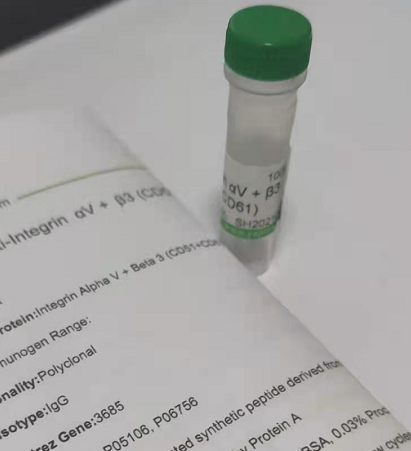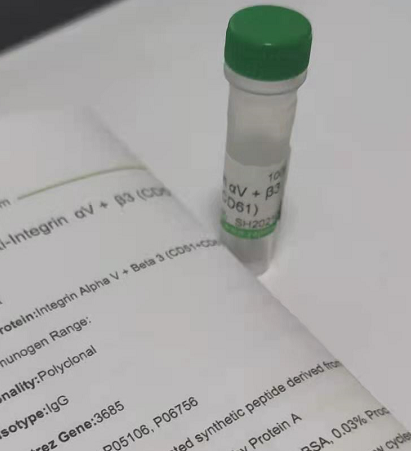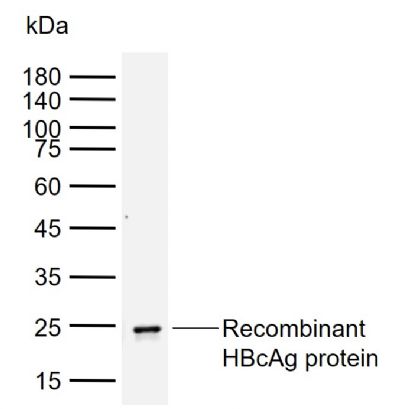| 產(chǎn)品編號(hào) | Ysm-2000M |
| 英文名稱 | HBcAg |
| 中文名稱 | 人乙型肝炎核心抗原單克隆抗體 |
| 別 名 | C; core; E; PC; pre-C; pre-C/C; PreC; PreC/C; precore-core; Capsid protein; Core and e antigen; Core antigen; Core protein; HBc; HBVgp4; Hepatitis B Virus core antigen; p21.5; precore/core protein; Q89714_HBV. |
| 研究領(lǐng)域 | 免疫學(xué) 細(xì)菌及病毒 |
| 抗體來(lái)源 | Mouse |
| 克隆類型 | Monoclonal |
| 克 隆 號(hào) | 1H8 |
| 產(chǎn)品應(yīng)用 | WB=1:500-2000 ELISA=1:5000-10000 not yet tested in other applications. optimal dilutions/concentrations should be determined by the end user. |
| 理論分子量 | 21kDa |
| 性 狀 | Liquid |
| 濃 度 | 1mg/ml |
| 免 疫 原 | Recombinded human hepatitis B core antigen protein |
| 亞 型 | IgG |
| 純化方法 | affinity purified by Protein A |
| 緩 沖 液 | 0.01M PBS(pH7.4) with 0.03% Proclin300 |
| 保存條件 | Shipped at 4℃. Store at -20 °C for one year. Avoid repeated freeze/thaw cycles. |
| 注意事項(xiàng) | This product as supplied is intended for research use only, not for use in human, therapeutic or diagnostic applications. |
| PubMed | PubMed |
| 產(chǎn)品介紹 | Hepatitis B Virus Core Antigen (HBcAg) is part of the infectious virion containing an inner "core particle" enclosing the viral genome. The icosahedral core particle contains 180 or 240 copies of the core protein. HBcAg is one of the three major clinical antigens of hepatitis B virus but disappears early in the course of infection. The hepatitis B virus core antigen (HBcAg) is a highly immunogenic subviral particle and functions as both a T-cell-dependent and a T-cell-independent antigen. Therefore, HBcAg may be a promising candidate target for therapeutic vaccine control of chronic HBV infection. Function: Self assembles to form an icosahedral capsid. Mostcapsid appear to be large particles with a icosahedral symmetry ofT=4 and consist of 240 copies of capsid protein, though a fractionforms smaller T=3 particles consisting of 180 capsid proteins.Entering capsid are transported along microtubules to the nucleus.Phosphorylation of the capsid is thought to induce exposure ofnuclear localization signal in the C-terminal portion of the capsidprotein that allows binding to the nuclear pore complex via theimportin (karyopherin-) alpha and beta. Capsids are imported inintact form through the nuclear pore into the nuclear basket, whereit probably binds NUP153. Only capsids that contain the matureviral genome can release the viral DNA and capsid protein into thenucleoplasm. Immature capsids get stucked in the basket. Capsidsencapsulate the pre-genomic RNA and the P protein. Pre-genomic RNAis reverse transcribed into DNA while the capsid is still in thecytoplasm. The capsid can then either be directed to the nucleus,providing more genome for transcription, or bud through theendoplasmic reticulum to provide new virions (By similarity). Encapsidates hepatitis delta genome. Subunit: Homodimerizes, then multimerizes. Interacts with cytosolexposed regions of viral L glycoprotein present in thereticulum-to-Golgi compartment. Interacts with human FLNB. Subcellular Location: Capsid protein: Virion. Host cytoplasm. Post-translational modifications: Phosphorylated by host SRPK1, SRPK2, and maybe protein kinaseC or GAPDH. Phosphorylation is critical for pregenomic RNApackaging. Protein kinase C phosphorylation is stimulated by HBxprotein and may play a role in transport of the viral genome to thenucleus at the late step during viral replication cycle. Similarity: Belongs to the orthohepadnavirus core antigen family. SWISS: Q89714 Gene ID: N/A Database links:
乙肝核心抗原抗體(乙肝病毒核心抗原)用于HBV感染的肝組織。 |
| 產(chǎn)品圖片 |
我要詢價(jià)
*聯(lián)系方式:
(可以是QQ、MSN、電子郵箱、電話等,您的聯(lián)系方式不會(huì)被公開)
*內(nèi)容:










